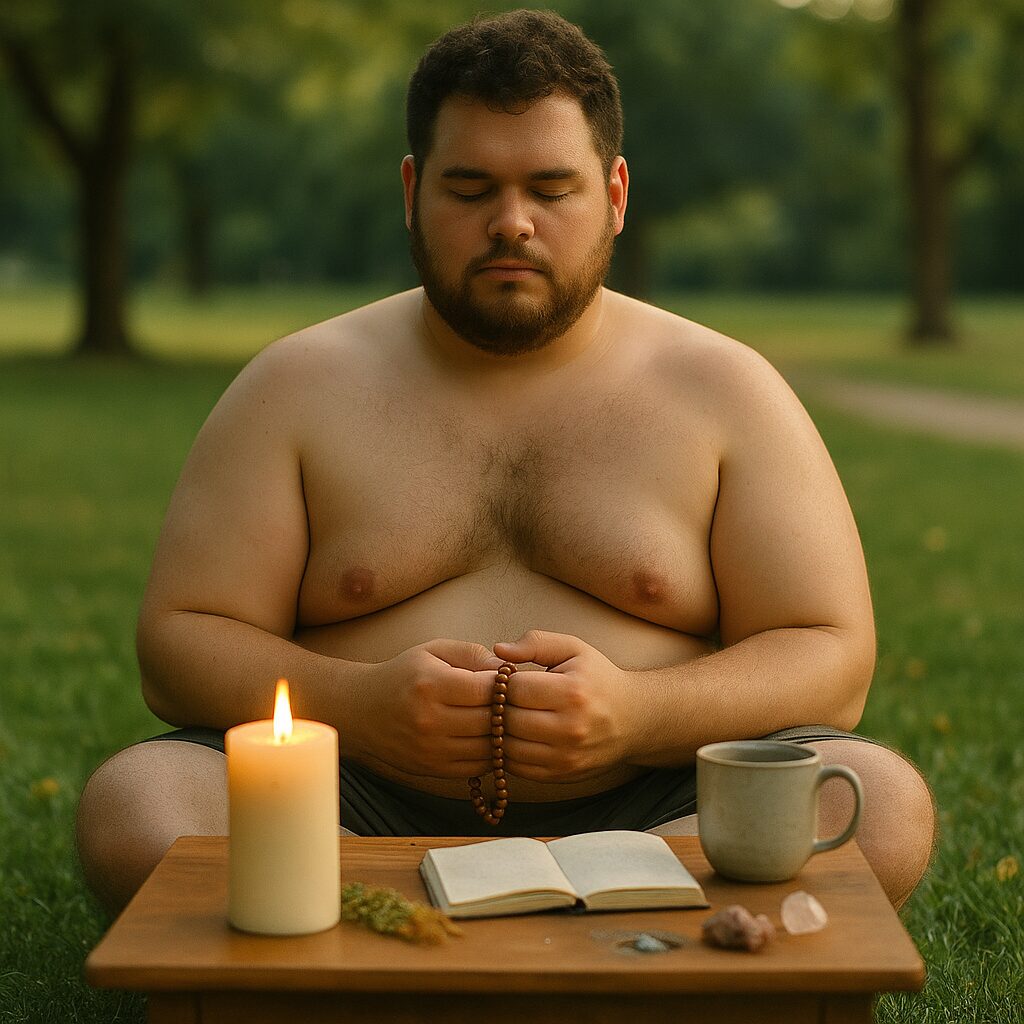Prayer
Prayer is the deliberate act of addressing powers beyond the self—deities, ancestors, spirits, or unseen allies—through spoken, whispered, or silent words. It is one of the most fundamental magical actions, a practice so simple and widespread that it forms the foundation of nearly every religious and mystical tradition. In magical work, prayer is not only a devotional gesture; it is a current of will carried by language, feeling, and presence into the unseen. It may ask for aid, offer thanks, or simply mark connection—but in every case it opens the threshold between human voice and otherworldly ear.
The purposes of prayer are many. It may be petitionary, asking for intervention, protection, or guidance. It may be intercessory, spoken on behalf of another, requesting that the powers watch over or aid them. It may be thanksgiving, an acknowledgment of blessings received, or simply of relationship itself. At its deepest, prayer is not only about asking but about honoring—the recognition that to commune with the unseen requires reciprocity. Even when prayers are born from need, they are strongest when paired with gratitude.
Philosophically, prayer is often considered the most low-level or universal form of magic, because it requires little more than sincerity and focus. It is accessible to anyone, with or without ritual tools, complex words, or formal training. Yet simplicity does not mean weakness. In many traditions, prayer is seen as the purest expression of magical will, for it braids together intention, word, and spirit in a way that all other practices build upon. Where high ceremonial magic may frame prayers in elaborate liturgies, and folk traditions in whispered charms, the underlying act is the same: a human voice reaching out across the veil.
In magical contexts, prayer intersects with many of the arts. It resonates with offering, since prayers of thanks often accompany gifts of incense, flame, or libation. It strengthens divination, serving as invocation before the cards or runes are cast. It complements healing magic, where prayers focus intent and direct energy on behalf of the sick or troubled. It overlaps with mediumship, as words spoken in stillness may become two-way dialogue. Even in oaths, prayers may frame the vow, calling unseen witnesses to hear and seal the words. In this way, prayer is less a discrete practice than a thread woven through all others.
Within the Coven of the Veiled Moon, prayer is treated as vital and living. Some members pray aloud in circle, others in silence before their altars, others still while walking through woods or lighting a single flame. Tools—beads, stones, candles, smoke—are used to shape rhythm and deepen focus, but are never required. The essential key is sincerity: words must be present and felt, not recited mechanically. In our coven’s teaching, prayer is the ground from which other practices grow. To master prayer is to master the art of directing word and will in harmony, which lies at the heart of magic itself.
Examples
- A practitioner kneels before their altar, using prayer beads to repeat a line of gratitude, each bead marking devotion.
- Lighting a white candle at dawn and offering a whispered blessing for a friend’s recovery, the flame serving as vessel for intent.
- Speaking a prayer of thanks after a spell’s success, acknowledging the unseen powers that aided the work.
- Walking in the forest, pausing to touch an ancient oak, whispering gratitude to the spirit of the place.
Note: Prayer is most powerful when sincere. It should never be reduced to empty recitation, for words without will are hollow. Every prayer—whether asking, thanking, or simply speaking presence—creates ripples across the unseen. Practitioners must also be mindful of who or what they address: prayers should be offered only to powers deemed worthy of relationship, lest attention be drawn from unwelcome quarters. In the coven’s practice, prayer is not an afterthought but the first language of magic, a reminder that gratitude, clarity, and presence are themselves sacred acts.se. While no physical tools are required, any items used must be treated as sacred, and the act itself should be undertaken in a state of mindfulness, with awareness of the currents it may stir.

